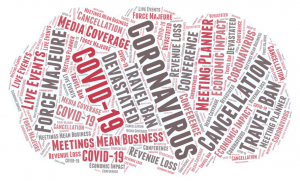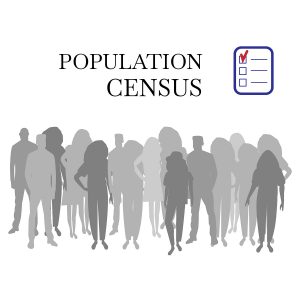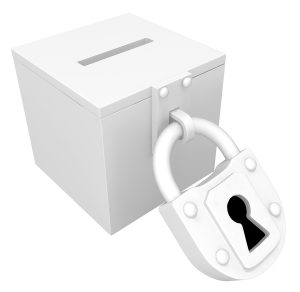From time to time GovEvents will come across information we feel our members and audience would benefit from. Here's something we wanted to share:
State and local governments are holding virtual meetings to slow the spread of Covid-19 and trying to find ways to continue public participation.
City council members in Worcester, Massachusetts on Tuesday gathered for their regular weekly meeting, with one new rule in place: No members of the public would be allowed to attend and if residents wished to make comments, they'd need to do so by calling into a teleconference line.
"It worked OK. It wasn't perfect," said Eric Batista, director of the city's Office of Urban Innovation on Wednesday. "We're debriefing today to kind of talk through about how it went. We're doing everything we can to make sure it's cleaner for the residents, and to make sure they always have an opportunity to engage and comment and be part of the process."
The move, a precautionary measure to help limit the spread of Covid-19, is permitted under an executive order issued last week by Gov. Charlie Baker that suspends a requirement in the state's open meetings law that governmental bodies meet physically in a public space. When possible, officials are required to provide "alternate means" of public access, such as teleconferencing or live-streaming. If that's not possible, boards must post a full transcript, video or recording of meetings online "as soon as practicable upon conclusion of the proceedings." Continue reading



 From time to time GovEvents will come across information we feel our members and audience would benefit from. Here's something we wanted to share:
From time to time GovEvents will come across information we feel our members and audience would benefit from. Here's something we wanted to share:



